Nondaily Tip No. 2: save the circ!
or more good reasons for never throwing out a circular needle
Yes, save your circulars!
Hold on to the useless, broken, ugly, pedestrian, wonky circulars you no longer knit with.
They are eager to serve as stitch holders in all sorts of situations.
I usually have one or five top-down sweaters on the needles. They all, or mostly all, at some point get to the exciting moment of division of sleeve and body stitches.
This is where the old, unloved circulars become really useful.
I slide the sleeve stitches onto unloved circulars, circulars that I won’t then yank out for yet a new project, but which can sit there and patiently hold sleeve stitches until the time for sleeve knitting arrives, whenever that might be – tomorrow, next week, next year.
Another benefit: With the sleeves stitches already on needles, I can still try on my sweater for fit as it progresses.
Yet another: When it’s time to knit the sleeve, I don’t have to fiddle with picking up the stitches from spare yarn onto needles, but can knit them right away off the unloved circular.
Circulars with a snapped tip work too. With only one functional needle tip, I might take care to slide the stitches from the end that allows me to later start knitting where I want to begin, be it before or after the underarm cast on.)
Another use: they can serve as the “additional circ” for the Winding Provisional Cast On.
That’s my non-revolutionary, non-daily tip for today.
Want to know what’s up my knitted sleeve? Sign up for the occasional Åsa Tricosa Newsletter.
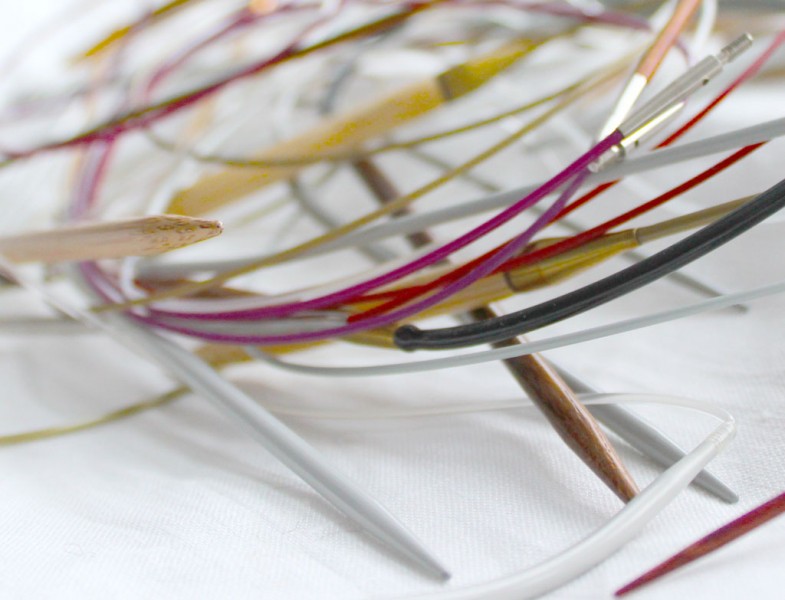
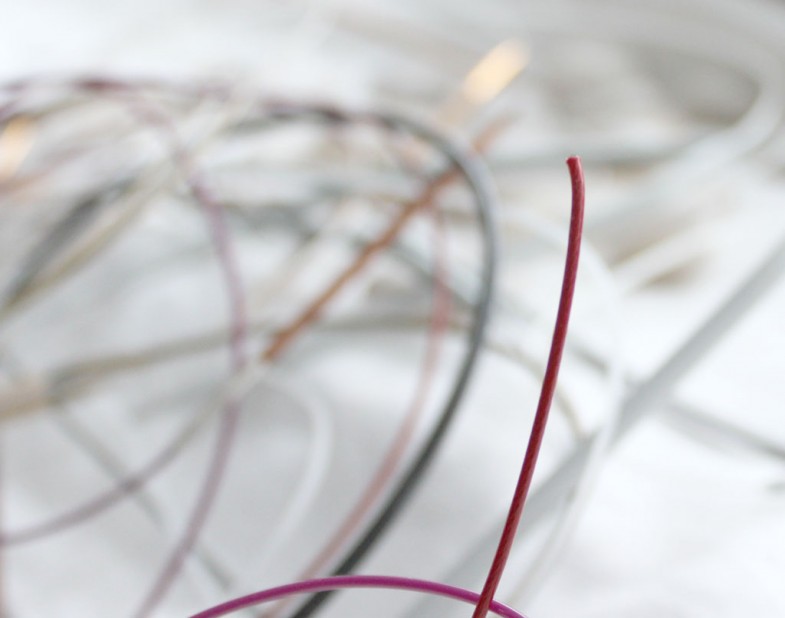
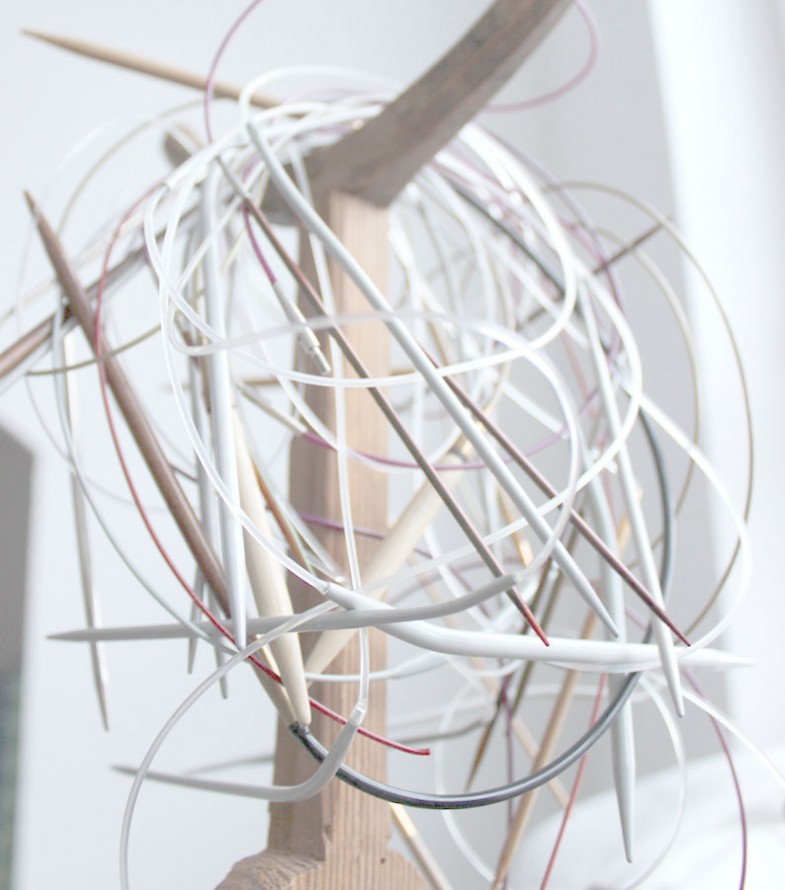
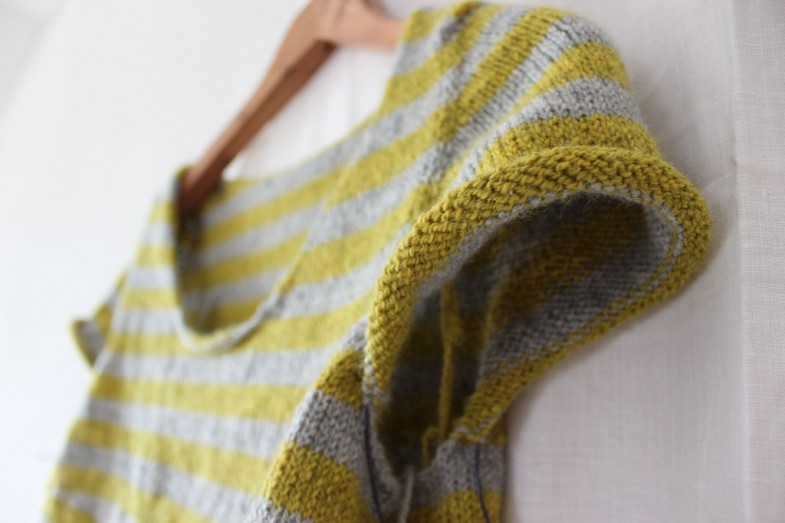
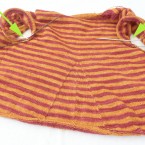
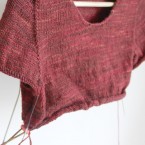
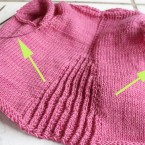
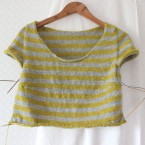
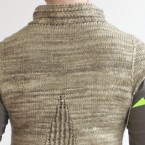
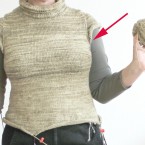

4 Comments
I KNEW there was a reason I never throw those pesky broken circs away! Never thought of using them again but glad my horder self got the better of me 😉 Love you new non-blog, Å!
Excellent! Thank you for giving me permission to keep those old unused circs…..love the tip!
What a great idea! Thank you!
[…] then had circular needles at each end (remembering Tricosa’s tip about never throwing out a broken or unloved circular needle, just in case you need it to hold some sts) and continued in the cable pattern in the original […]